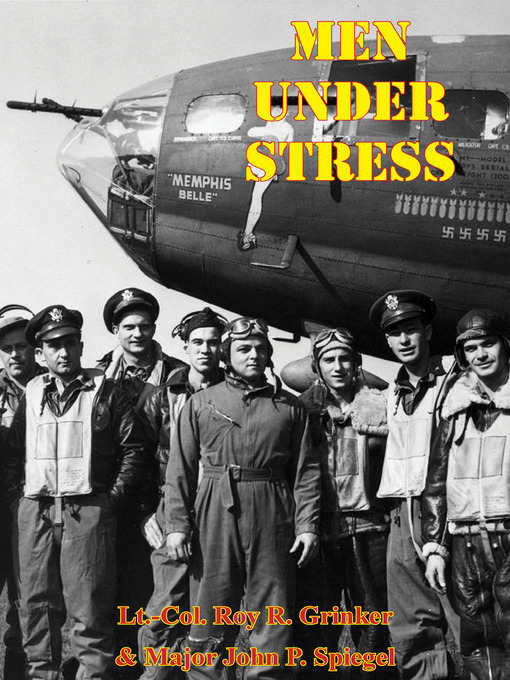- Arts & Crafts
- Fitness and Health
- Outdoor Recreation
- Biography & Memoir
- Business
- History
- All Nonfiction
- See all
While the material in this book concerns flying personnel almost exclusively, the psychological mechanisms under discussion in this book are those that apply to Everyman in his struggle to master his own environment. In this realm, a hair divides the normal from the neurotic, the adaptive from the non-adaptive. The failures of adaptation of the soldier described herein mirror Everyman's everyday failures or neurotic compromises with reality.
The book's material is roughly divided into a discussion of war neuroses appearing overseas and those in combat veterans returned home for relief from flying or for rehabilitation. "Men under Stress" covers a vast array of topics, beginning with the background and selection of flight personnel, followed by seventeen chapters on the combat environment and reactions to it—which include the subjects of morale, combat stress, psychodynamics, emotional disorders and neurotic reactions, guilt and depression, aggression and hostility, psychosomatic states; psychotic-like states, and the treatment modalities of psychotherapy, narcosynthesis, and adjunctive treatment. The book closes with two chapters on civilian applications, including civilian psychiatry and general social implications.

